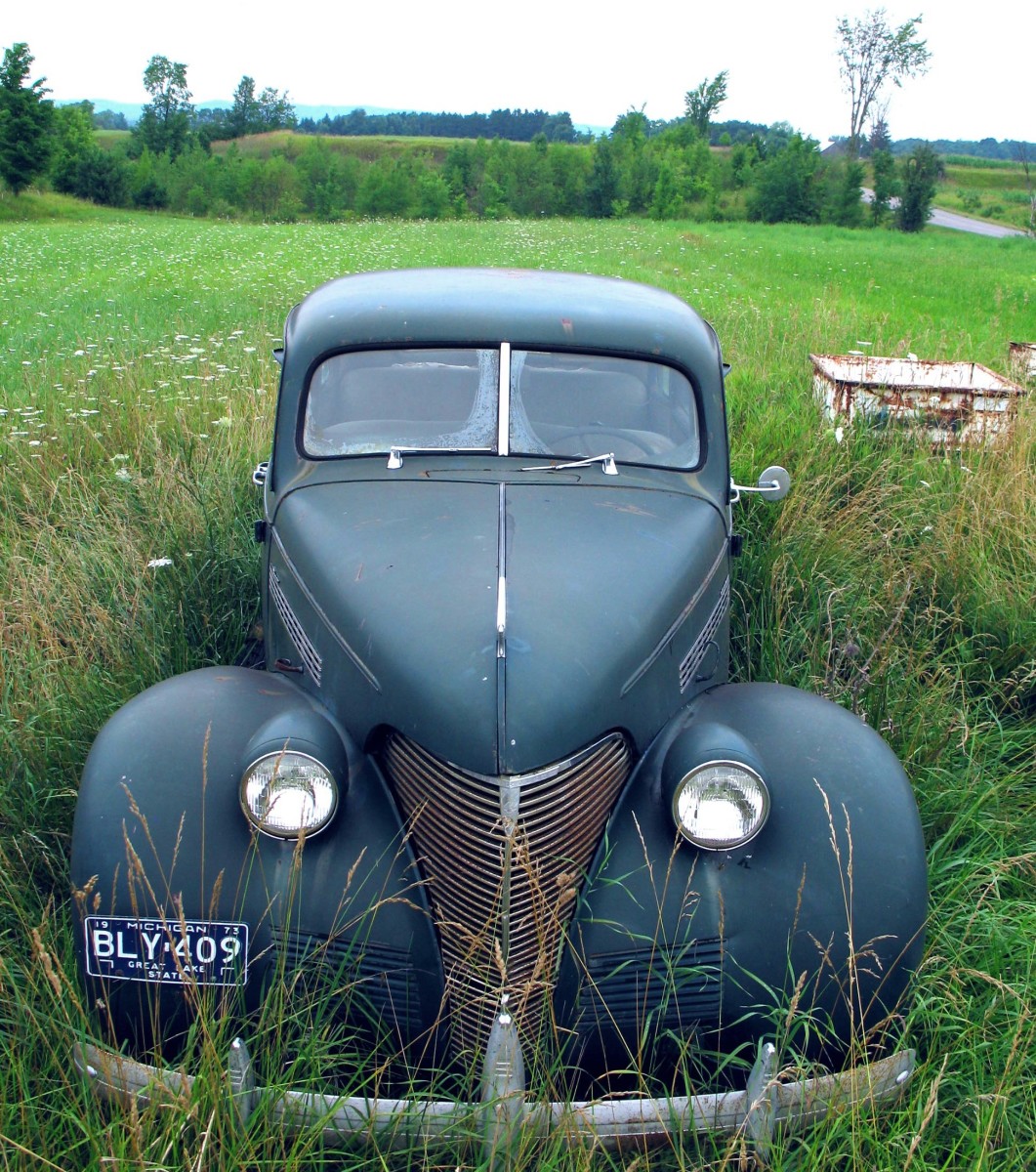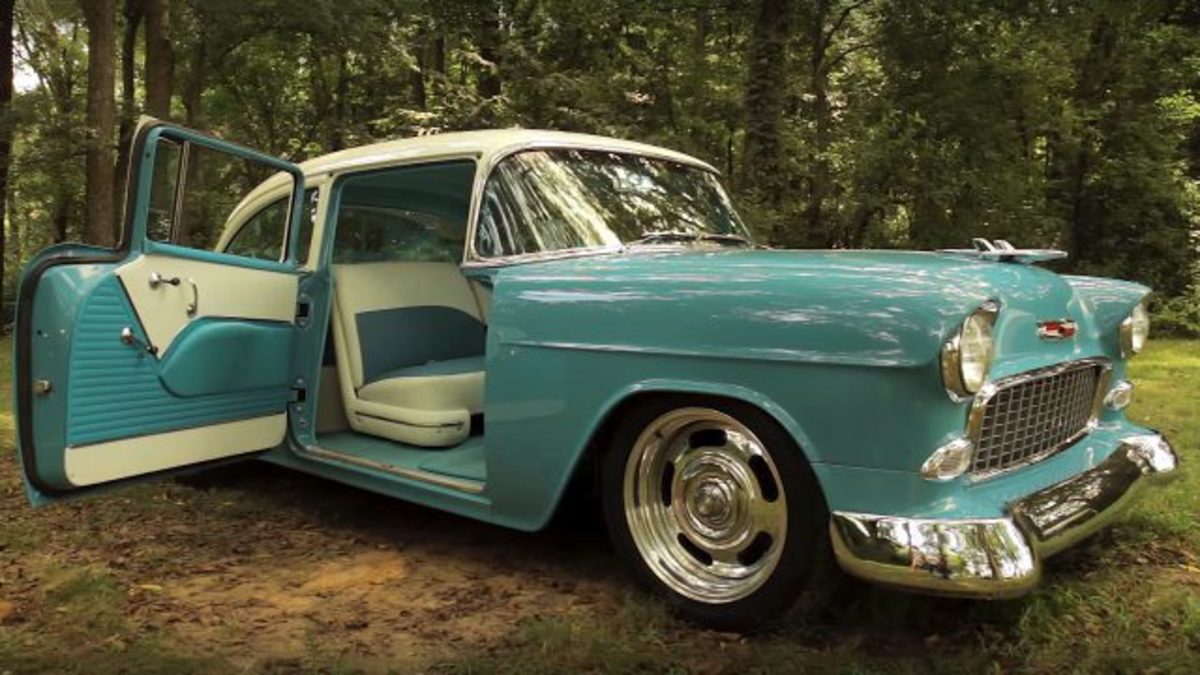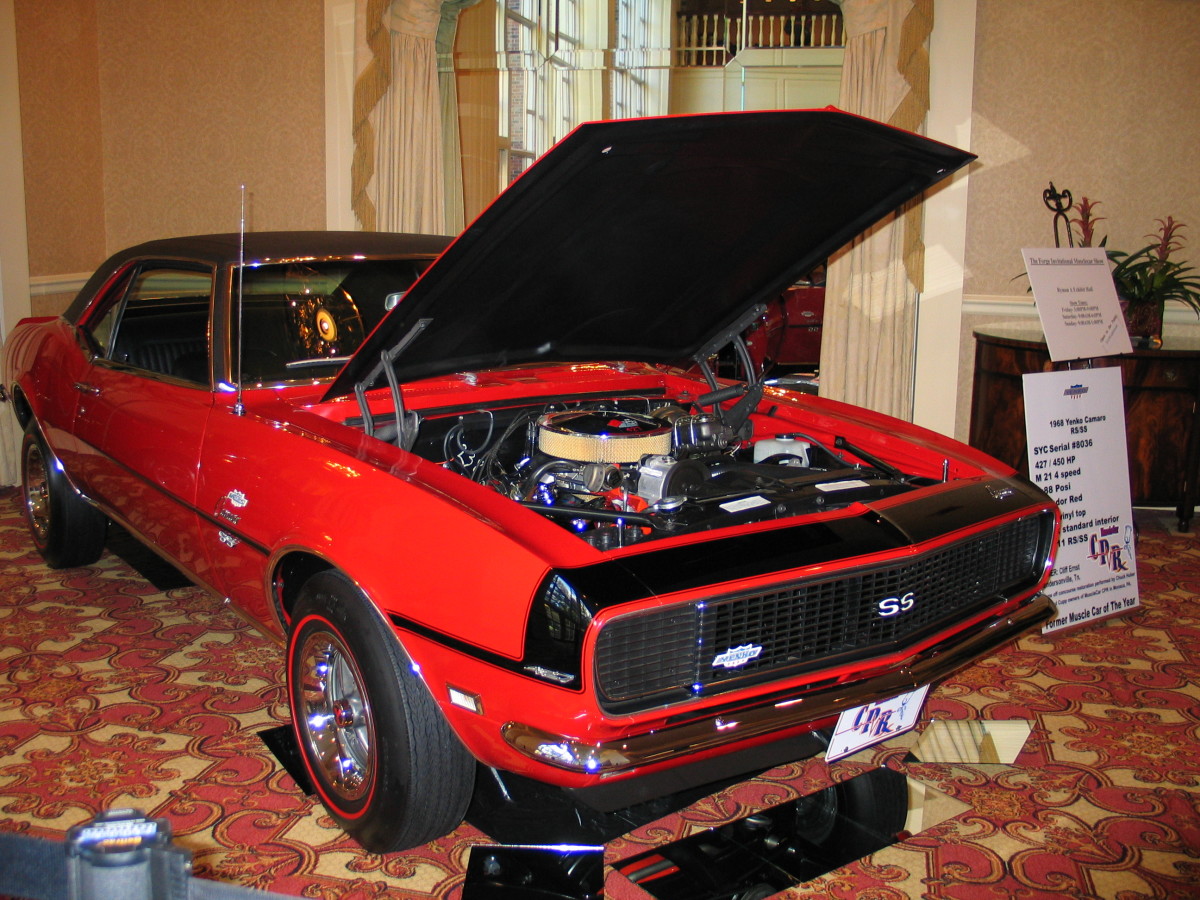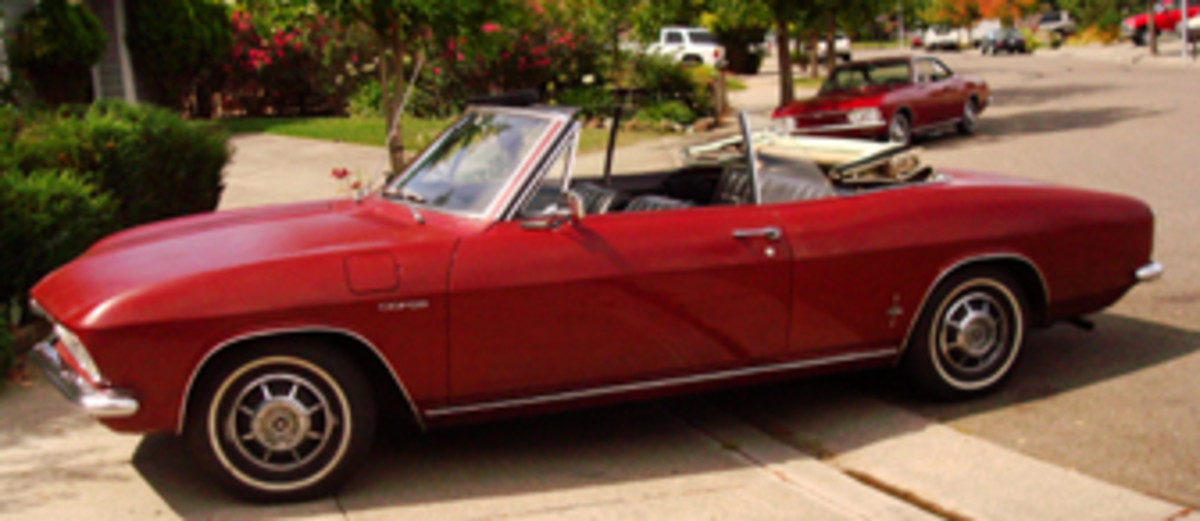Mopar Classic Cars
When I think of classic cars from Detroit and Mopar in the same sentence, these three cars come to mind; the Dodge Polara, the Plymouth Belvedere and the Plymouth Fury.
They were big and classically stylish. And with the space race on in the 1960s, cars like the Polara (named for the Polaris star) with its "jet pod" taillights and tail fins seemed to fit right in.
These cars could be ordered with power and their engines and transmissions (they introduced America to the push-button transmission) were known to be very durable. In short, these cars were built to last.
Please read on for some of my thoughts and comments as well as some pretty cool photos.
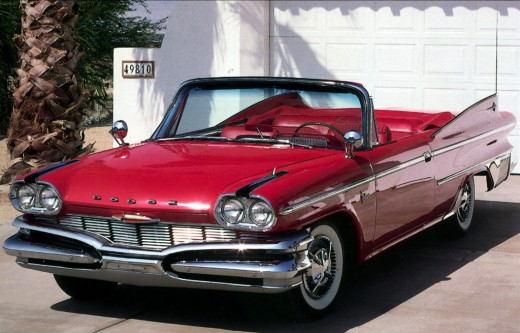
Dodge Polara
The Dodge Polara was built by the Dodge division of Chrysler Corporation and was first introduced in 1960. This marked the first year that all Chrysler models, except the Imperial began using unibody construction.
The Polara was a top-of-the-line full-size car that was built by Dodge through 1973. However, after 14 years, the Polara name was dropped and in 1974, the big Dodge was the Monaco. In an attempt to capitalize on the excitement surrounding the Space Race of the 1960's, Dodge came up with the name Polara, named after the Polaris star. Dodge built the Polara to compete with the big Fords, like the Galaxie 500 (also named in relation to the Space Race) and the big Chevrolets like the Impala.
The top-of-the line Polara rode on a 122-inch wheelbase and was available as a 2-door convertible, 2-door hardtop coupe, 4-door hardtop sedan and 4-door station wagon.
The Polara sported "jet pod" tail lights and tail fins in back with a small grille consisting of eight stacks of chromed rectangles nested in a massive bumper assembly up front. Because it was Dodge's top model, the Polara also featured better interior fabrics and trim treatments.
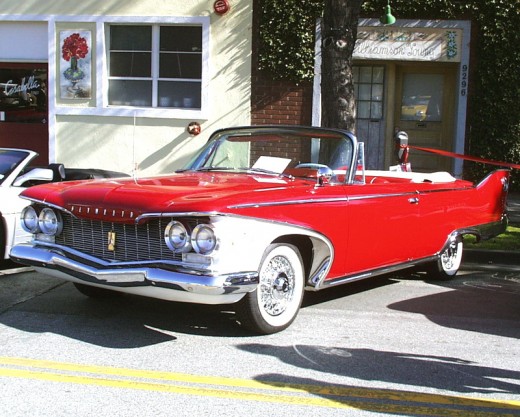
Plymouth Belvedere
The Plymouth Belvedere was built by the Plymouth division of the Chrysler Corporation from 1951 to 1970. The Plymouth Belvedere first made its appearance as a two-door, pillarless hardtop in late March, 1951. It was built on a 118.5 inch wheelbase, powered by a flathead straight-6 engine, developing about 97 hp. First-year prices started at $2,114. The first generation of Belvedere's were built from 1951 through 1953.
The second generation of Plymouth Belvedere's were produced from 1954 through 1961 with body styles ranging from 2-door coupes, 4-door sedans, convertibles and station wagons. Engines size in cubic inches ranged from 230.2 cu. in. to 360 cu. in. The wheelbase was extended a little to 120.0 inches.
Chrysler Stylist Virgil Exner created the "Forward Look" for Plymouth in 1955. This was also the year that the Belvedere returned as top-of-the-line.
1956 saw the introduction of the first push-button automatic transmission in an American automobile. These "TorqueFlite" transmissions were very durable. I remember seeing a commercial on TV when I was a kid that demonstrated this fact. A person sitting behind the wheel of a Plymouth with the push-button transmission would put the car in drive and step on the gas. Then he'd push the reverse button with his foot still on the gas. As the car started to shoot backwards, he would push the drive button, shooting the car forward. This was repeated over and over again, all without the driver ever lifting off of the gas pedal. The ad convinced me.
In early 1956, the Fury joined the Belvedere line as a special edition high performance model.
With its revolutionary design, 1957 turned out to be a great year for Plymouth. The Belvedere line once again included the Fury, which by 1959, became Plymouth's top model with the Belvedere being demoted to the middle priced model.
Starting in 1960, Belvederes got a brand-new standard inline six-cylinder engine. This engine used a single-barrel Holley carburetor, and became known for its extremely rugged construction, exceptional reliability and longevity.
One of the more interesting stories about a Plymouth Belvedere came from the city of Tulsa, where in 1957 they buried a 1957 Plymouth Belvedere (affectionately known as "Miss Belvedere") beneath the Tulsa County Courthouse lawn, along with a time capsule containing people's guesses as to what the population of Tulsa would be in 2007. It was to be dug up 50 years later to decide which of the contestants came closest to the actual census numbers for Tulsa in 2007.
Included among the hundreds of people who made guesses, was one made by Raymond Humbertson, who unfortunately passed away in 1979. His guess was only 2,286 off the actual census numbers, which was closer than any other entry. Levada Humbertson Carney and Catherine Humbertson Johnson, will officially take possession of the Belvedere as beneficiaries of their brother Raymond Humbertson.
Unfortunately, when the car was dug up, it was found that the capsule had leaked and water permeated the entire car, causing a tremendous amount of rust and other damage. Organizations are working to restore the car in the hopes of someday seeing it on the road again, under it s own power.
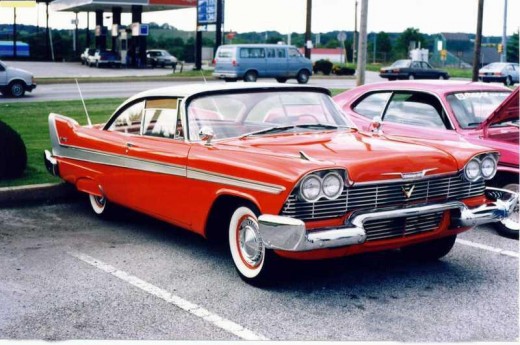
Plymouth Fury
The Plymouth Fury was an car made by the Plymouth division of Chrysler Corporation from about the mid 1950s to the late 1970s. The Plymouth Fury was introduced as a premium-priced model designed to draw consumers into showrooms.
The first generation Furys were built from 1956–1959 and had big tail fins and great 1950s styling. During those late 1950s, the Fury started out as a 2-door coupe but by the end of the 1959 model year, the Plymouth Fury came as either a 2-door coupe or convertible or a 4-door sedan or station wagon. Engine choices at different times during those years consisted of either a 303 cu. in. V8, a 350 cu. in. V8 or a 361 cu. in. V8.
All 1958 Chrysler automobiles with automatic "TorqueFlite" transmissions had push-buttons on the dashboard to change gears from park, neutral, drive, etc. instead of a more normal gear shift lever.
Of course, no mention of the 1958 Plymouth Fury would be complete without referencing John Carpenter's adaptation of the Stephen King novel in the movie, Christine. In 1958, a 350 V-8 was made available on the Fury, for the first and only year. To be accurate, even though all movie fans associate a 1958 Plymouth Fury as the star of the movie, two other Plymouth models, the Belvedere and the Savoy, which were made to look like the Fury were also used to portray the nasty machine in the film.
Plymouth introduced the Sport Fury as its top model In 1959. This was also the last year for the 361 V8.
Christine Movie Trailer
More Muscle Cars and Classic Cars
- Ford Classic Cars
Ford built some of the coolest classic cars of their day including the Thunderbirds and the always classic Ford Mustang. Please see below for some thoughts and photos on these great cars! - Classic Car Photos
Owning a classic car is great, but a lot of it depends on how serious and/or well funded you are. Please read on to see some thoughts and photos of some terrific Ford, Chevy and Chrysler Corporation classic cars. - Classic Muscle Cars
Please click for some thoughts, photos and videos of three of Chryslers coolest Mopar muscle cars of the day; the Dodge Charger RT, Dodge Challenger RT and the Dodge Coronet RT. - Old Classic Cars
The three classic cars below, the Tucker 48, the Ford Skyliner and Ford Edsel were truly unique and separated themselves from the pack, each for different reasons. Read on to see some info and great photos of these three terrific cars! - Chevy Muscle Cars
Read on to check out photos and information on two of the best Chevy muscle cars of all time, the 1969 Chevrolet Camaro Z28 and the 1970 Chevy Chevelle SS. - Chrysler Turbine Car
The Chrysler Corporation built the Chrysler Turbine Car in a small plant in Detroit, Michigan in 1963. Read on for more info and photos about this rare car! - Chevy Classic Cars
When the discussion turns to classic Chevy cars, it usually begins and ends with the second generation of Chevy Bel Airs made between 1955 and 1957. Check out some of the great photos below! - American Muscle Cars
If you were an American muscle car fan of the 1960s and 1970s, you had a lot to choose from. Check out these great American muscle car photos of the Pontiac GTO, Dodge Super Bee and Ford Mustang Mach 1. - Mopar Muscle Cars
If you were into muscle cars in the late 60's and early 70's, you had a lot to get excited about. Read on to see some great photos and check out some of the coolest Mopar muscle cars of that era.

